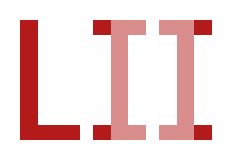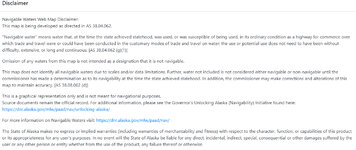LongWayAround
WKR
- Joined
- Aug 10, 2015
It seems to me that they should not legally be able to announce new closures during the same year.
In my very biased opinion, this issue affects those of us traveling to the region much more than those who live there. If the governing bodies rule for a closure, so be it. It should, however, not be allowed to be instituted until at least the following year. People who are already invested should at least have a reasonable period to adjust their planning.
One item that struck me from the above doi document is the total lack of support from the Alaska wildlife troopers.
In my very biased opinion, this issue affects those of us traveling to the region much more than those who live there. If the governing bodies rule for a closure, so be it. It should, however, not be allowed to be instituted until at least the following year. People who are already invested should at least have a reasonable period to adjust their planning.
One item that struck me from the above doi document is the total lack of support from the Alaska wildlife troopers.
Last edited:



